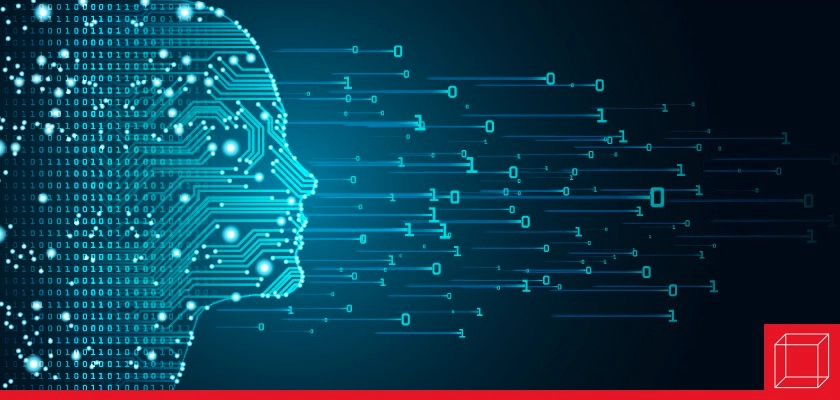Balancing Act: Navigating the Digital Divide
The promise of a democratic platform in the digital era was that everyone would have a say. Sociologists have long recognized that technology is neither inclusive nor restrictive.

The promise of a democratic platform in the digital era was that everyone would have a say. Sociologists have long recognized that technology is neither intrinsically inclusive nor intrinsically restrictive. Instead, its usefulness and accessibility can highlight and reflect current societal inequalities. Let’s explore the social aspects of the digital divide, particularly in the post-pandemic environment.
The inequality in access to, use of, and gain from digital technology, particularly the internet, is called the digital divide. It’s not just about gadgets or connections. It reflects enduring disparities entrenched in geography, racial identity, and social position.
Socioconomics and Tech
The delicate interplay between technology and social position are at the digital divide’s core. Sociologists define socioeconomic status (SES) as the sum of an individual’s or family’s level of education, income, and employment (Delanty et al., 2021). This combination allows us to gauge that person’s or family’s social position or class. This social position is crucial in defining one’s access to the digital world in the digital era.
First, there is an obvious financial barrier: technology is expensive. Computers, smartphones, tablets, and broadband internet may be unaffordable for many people (Vogels, 2021). Beyond the initial investment, maintaining this equipment and services costs more money, including monthly internet fees and hardware and software upgrades. Prioritizing internet access for families that are already struggling to satisfy their fundamental requirements can be difficult, if not impossible.
The digital gap, however, is more than the capacity to buy goods or services. It also includes what sociologists refer to as “digital capital.” Like the idea of cultural capital, which describes individuals’ knowledge, abilities, education, and other cultural assets that increase their social mobility, digital capital describes the abilities and competencies required to operate online. This involves knowing how to use different platforms, separating trustworthy internet sources from unreliable ones, and protecting one’s online privacy. Higher SES individuals frequently have more options for acquiring digital capital through schooling, peer networks, or family support.
In many parts of the world, women are less likely than men to have access to technology or the internet (Tyers, 2021). This gap is not merely due to economic differences but also to societal norms and perceptions about gender roles. Women, especially in patriarchal societies, may not be encouraged or even allowed to pursue digital literacy, which further restricts their opportunities in the digital age.
Elderly individuals often find it challenging to adapt to new technologies (Anderson, 2017). They may lack the skills or the confidence to navigate digital platforms, resulting in a sense of isolation from an increasingly digitized society. Furthermore, age-related disabilities can compound this challenge. Things like font size, color contrast, and lack of alternative image text can pose significant barriers for elderly people.
The effects of this socioeconomic divide are far-reaching. People encounter obstacles in many areas of life without proper digital access and knowledge. Government services, educational materials, job applications, and social relationships are increasingly online. This perpetuates a loop where socioeconomic status is both a cause and a result of the digital divide, placing individuals at the bottom of the SES range at a disadvantage (Vogels, 2021). The final consequence is a society where the wealthy continue to prosper financially and in terms of access to knowledge, opportunity, and connectedness.
The Urban–Rural Disparity
When comparing urban and rural environments, the impact of location on the digital divide is particularly evident (Robinson, 2015). The commercial justification for building a solid internet infrastructure in densely populated metropolitan regions is apparent: with more prospective consumers concentrated in one place, service providers will get a more significant return on their investment. As a result of several service providers competing for clients, communities frequently benefit from better internet speeds, more connection alternatives, and a more competitive price environment (White, 2022).In contrast, in rural locations fewer users are dispersed across greater distances due to the sparser population, which dramatically drives up the cost of installing and maintaining internet infrastructure for each client. It isn’t economical for service providers to lay miles of cable to connect a few homes in some distant areas. High-speed broadband is scarce, or nonexistent, in expansive “internet deserts” because of this economic disincentive.
The effects of this urban–rural digital divide go beyond connectivity. The absence of dependable internet can impede many aspects of life for those who live in rural areas that are technologically underdeveloped. Students may have trouble using online learning tools or participating in virtual sessions. Adults may pass up job opportunities that require online applications or remote work capabilities. Additionally, rural individuals who do not have access to reliable internet are at a disadvantage when trying to obtain healthcare in this era of growing telehealth (Rastogi, 2022).
Lack of connectivity may worsen social isolation in rural areas (Spanakis et al., 2021). Being shut out of the digital world at a time when social interactions, events, and civic engagements are moving online can intensify feelings of alienation and detachment. In the end, rather than only being about cables and transmissions, the geographic digital divide of the twenty-first century is deeply linked with social inclusion, economic opportunity, and community togetherness.
Efforts to bridge the digital divide in education often revolve around enhancing connectivity. The nonprofit Wireless Reach Initiative aims to provide Internet access to underserved students. Communities without universal WiFi might collaborate with local organizations, like Closing the Gap Foundation, to enhance public access to digital resources through facilities such as libraries and community centers (McElroy, 2022). These efforts will require nonprofits, corporations, and governments to work together to foster more comprehensive solutions to bridging the gap.
Conclusion
The digital divide, whether it’s geographic or social, provides a complex picture of inequalities in our connected era. This disparity demonstrates that having access to technology involves more than just owning the newest gadget; it is entangled with intricate sociocultural factors. It is critical to identify and rectify these inequalities as the world moves toward an ever more digital future to ensure that everyone, regardless of socioeconomic background or geography, benefits from the promise of the digital age.
Questions:
- How might the urban–rural digital disparity impact societal cohesion and the understanding between these two groups?
- Given the societal implications of the digital divide, should internet access be treated as a basic human right, like access to clean water or education? Why or why not?
- How do you envision the future of the digital divide? As technology advances, will the gap widen, narrow, or transform in nature?
- Can the digital divide impact democratic processes? Consider the role of online information (or misinformation) and the ability of all citizens to access it.
- How does the digital divide intersect with other forms of social inequalities, such as gender, age, or disability? How can these intersections be addressed?
Works Cited:
Delanty, G., & Harris, N. (2021). Critical theory and the question of technology: The Frankfurt School revisited. Thesis Eleven, 166(1), 88–108. https://doi.org/10.1177/07255136211002055
Vogels, E. (2021, June 22). Digital divide persists even as Americans with lower incomes make gains in tech adoption. Pew Research Center.
https://www.pewresearch.org/short-reads/2021/06/22/digital-divide-persists-even-as-ame ricans-with-lower-incomes-make-gains-in-tech-adoption/



